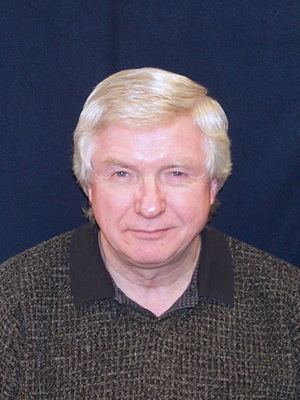Nationality American | Name Neil Robertson Doctoral advisor W. T. Tutte Role Mathematician Notable students Paul A. Catlin | |
 | ||
Notable awards Polya Prize (SIAM) (2004, 2006) Books The Open Garden: Australian Gardens and Their Gardeners, Excluding infinite clique minors Residence United States of America, Canada | ||
Neil robertson mathematician
George Neil Robertson (born November 30, 1938) is a mathematician working mainly in topological graph theory, currently a distinguished professor emeritus at the Ohio State University. He earned his B.Sc. from Brandon College in 1959, and his Ph.D. in 1969 at the University of Waterloo under his doctoral advisor William Tutte.
Contents
- Neil robertson mathematician
- Mark selby and neil robertson take on the crazy snooker challenge part 1
- Biography
- Research
- Awards and honors
- References
Mark selby and neil robertson take on the crazy snooker challenge part 1
Biography
In 1969, Robertson joined the faculty of The Ohio State University, where he was promoted to Associate Professor in 1972 and Professor in 1984. He was a consultant with Bell Communications Research from 1984 to 1996. He has held visiting faculty positions in many institutions, most extensively at Princeton University from 1996 to 2001, and at Victoria University of Wellington, New Zealand, in 2002. He also holds an adjunct position at King Abdulaziz University in Saudi Arabia.
Research
Robertson is known for his work in graph theory, and particularly for a long series of papers co-authored with Paul Seymour and published over a span of many years, in which they proved the Robertson–Seymour theorem (formerly Wagner's Conjecture). This states that families of graphs closed under the graph minor operation may be characterized by a finite set of forbidden minors. As part of this work, Robertson and Seymour also proved the graph structure theorem describing the graphs in these families.
Additional major results in Robertson's research include the following:
Awards and honors
Robertson has won the Fulkerson Prize three times, in 1994 for his work on the Hadwiger conjecture, in 2006 for the Robertson–Seymour theorem, and in 2009 for his proof of the strong perfect graph theorem.
He also won the Pólya Prize (SIAM) in 2004, the OSU Distinguished Scholar Award in 1997, and the Waterloo Alumni Achievement Medal in 2002. In 2012 he became a fellow of the American Mathematical Society.
